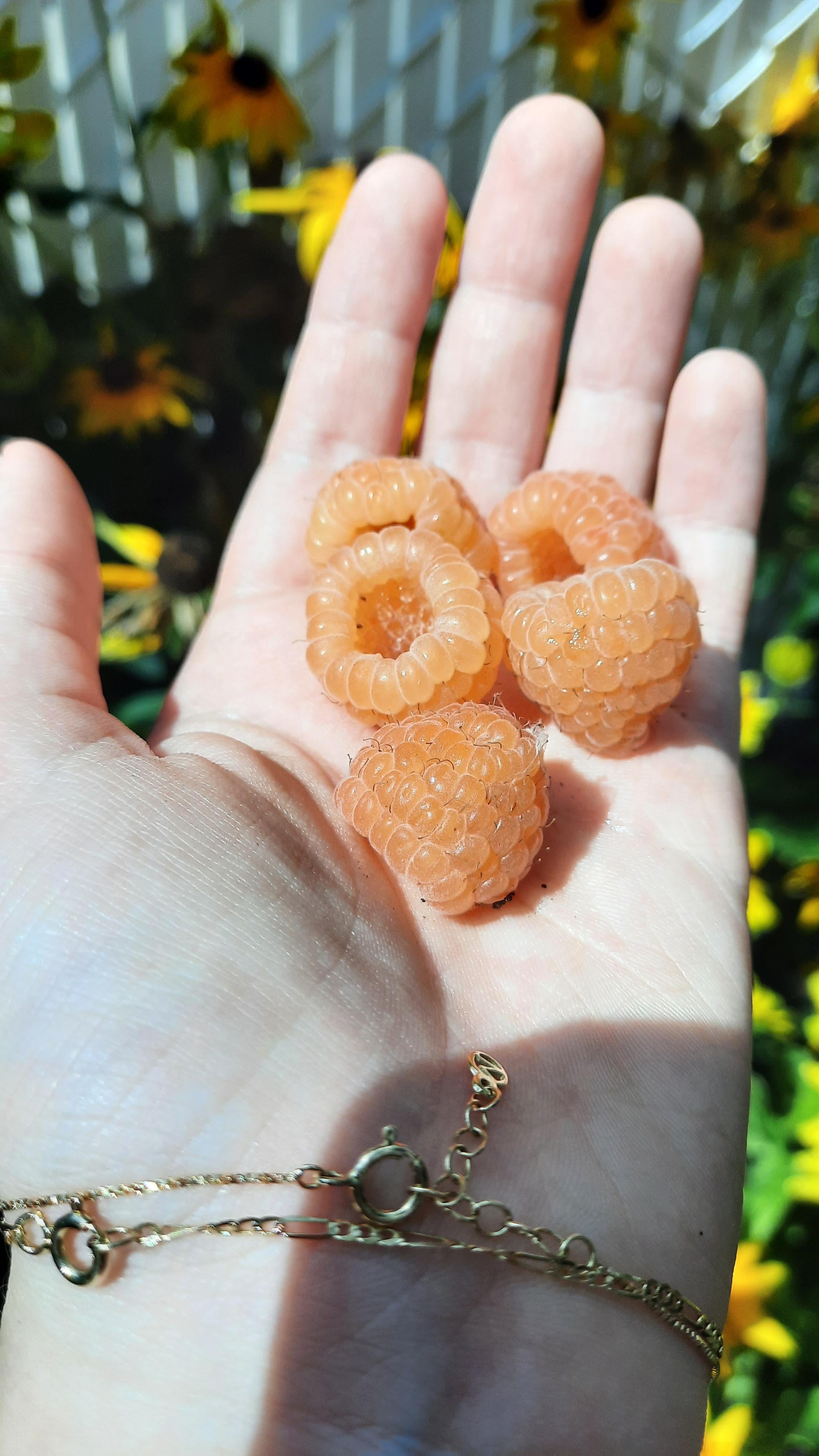fall gold raspberries: old memories, new debates in our gardens
When I see the golden blush of fall raspberries in my backyard, I’m instantly transported to my grandmother’s garden in Minnesota. She’d send us out with old tin buckets, our hands sticky with juice, the autumn air crisp and full of laughter. Back then, gardening was about family, tradition, and sharing the harvest with neighbors. But things feel different now. My daughter prefers raised beds and drip irrigation, and she’s always researching the latest disease-resistant varieties online. She questions why I bother with these old gold raspberries, when the new cultivars promise bigger yields and fewer pests. Sometimes, I wonder if the sweet, sun-warmed berries of my childhood are being replaced by efficiency and convenience. There’s another wrinkle: our local HOA has started frowning on backyard berry patches, citing concerns about wildlife and the ‘untidy’ look of canes in the fall. Some neighbors say we should stick to ornamental shrubs, but I can’t help but feel that we’re losing something precious—our connection to the land and each other. Here in the Midwest, the changing seasons shape everything we grow. The gold raspberries thrive in our cool nights and rich soil, but they need patience and a willingness to accept a little wildness. Is it worth fighting for these old varieties, or should we adapt to the new ways and stricter rules? I’d love to hear how others are balancing tradition, innovation, and community expectations in their own gardens this fall. #fallgoldraspberries #gardeningdebate #familytradition #Gardening
2025-06-17
write a comment...
